I haven’t skied for a few weeks, I’ll scratch the itch by writing about my ski boots. Lightweight, expensive and incredibly easy touring TLT5 is revolutionary not in any significant one area, but rather in that it integrates all those factors into a super functional package. This boot has been well received by myself and others, with good reason.
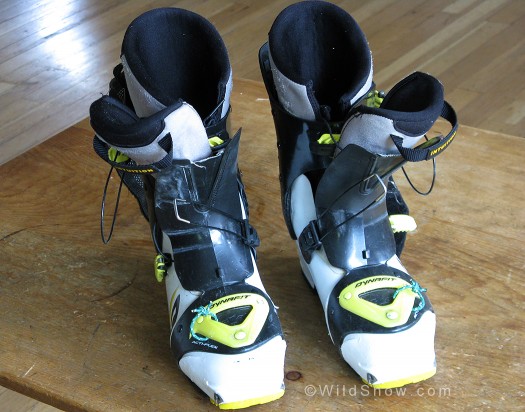
My TLTs after some use (with Intuition Pro Tour liner). Other than testing a few times, I never used the add-on tongues. I'm still thinking I'd like to have more forward support but really don't like fiddling with those. I might cut out the faux tongue and rivet in the stiffer one. Click to enlarge
Perhaps the most important technical aspect of TLT5 is that is uses a stiffer and thinner plastic for the lower “shoe.” This “Grilamid” has been available for 30 years, but is more difficult to work with than the usual Pebax or PU so it never become popular in the ski boot industry. That’s changing, as saving weight is more important than ever, and Dynafit has proved that with astute engineering a boot can indeed be made with Grilamid. Other significant features of the TLT5 are an integrated lean-lock and upper buckle that makes transitions super speedy, and touring cuff articulation that equals or surpasses anything else in the industry. But all that is known, and has been chatted, blogged, facebooked and spewed till TLT5 verbiage could pave a road to the moon. Main thing now, how do these shoes hold up?
I spoke with prolific randonnee speedster Brian Edmiston the other day (top 10 in Aspen Power of 4 skimo race), who’s put a zillion meters on his TLT5s. Brian related that while his buckle rivets have loosened (these are known as a weak point, but easy to repair), his boots are still going strong after a huge amount of days. That got me thinking, how are mine doing after at least 50 days and 150,000 vertical feet or so? Yeah, that’s not huge compared to what Brian or others put their boots through, but it is enough use to see how they wear. Check ’em out.
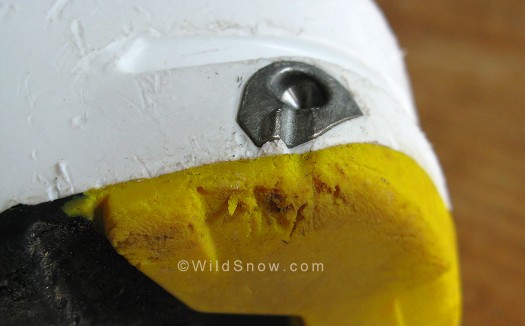
I did a fair amount of dirt walking and snowmobiling (snowmo running boards eat boot soles) in my TLT5s, and even some rock scrambling. In comparison to other boots, the soles held up fine with this small amount of wear. Nonetheless, I'd still like to see slightly harder rubber in this area, and a few millimeters thicker if it was somehow possible. To be fair, the rubber Dynafit does use on their soles has very good traction, which is somewhat of a tradeoff with durability. In this photo, also note how well the steel tech fittings held up, a sign they were made correctly. Some off-brand fittings show significant chipping and other wear after relatively small amounts of use.
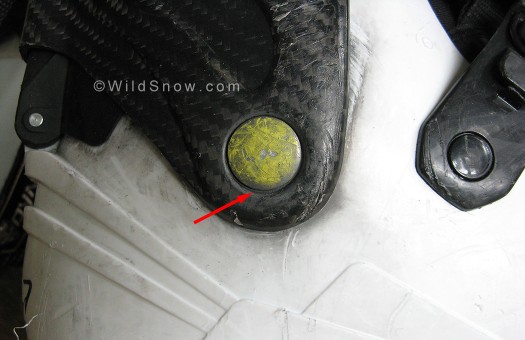
Noticeable wear in my cuff pivots is what concerns me the most. You want a boot like this to feel 'tight' when you ski. Once the cuff starts shifting up and down due to pivot wear, performance is compromised. In my view, in a boot this expensive the pivot should have a bushing system that's more wear resistant and perhaps even user serviceable. What appears to happen is that the carbon cuff is quite hard compared to the Grilamid shoe. You get some grit in there and it basically becomes a grinding machine.
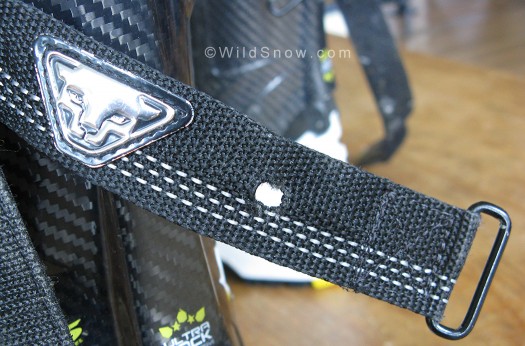
Not a deal breaker and easy to repair, but one of my power straps pulled off its screw rivet. It's blasphemy, but I still wonder how necessary power straps are and if they couldn't be engineered out of the boot performance equation. They're sure fiddly.
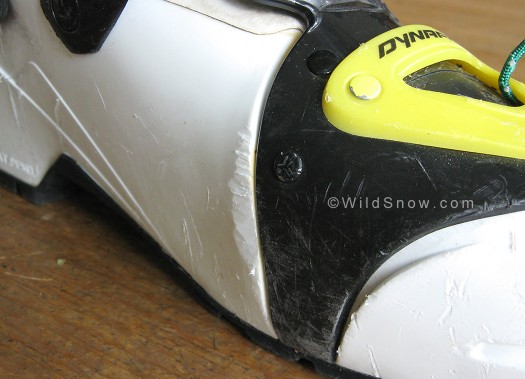
One concern with thinner, low volume boot shells is how they'll hold up to damage from ski edges. Chopping is obvious on mine, but the shell is still holding up fine. I've been making an effort to keep my feet slightly farther apart when I ski, that probably helps.
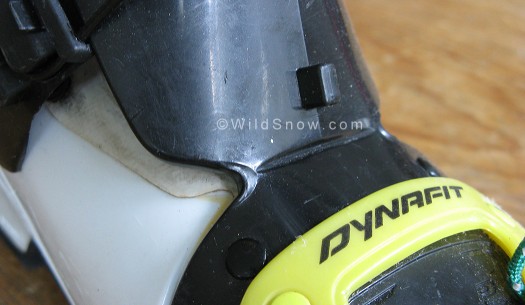
Some folks have reported their attached tongue breaking off at the living hinge. I never had a problem with this. As shown in this photo, no cracking or any evidence of an issue.
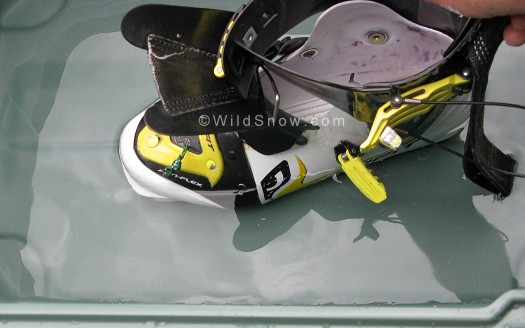
While splashing though puddles and skiing slush, my feet got wetter in my TLT5s than they have in other ski boots. Easy to evaluate. I gradually submerged the boot toe and felt inside for leaks. While the metatarsal bend is somewhat watertight due to a flexible plastic-fabric barrier, it leaks at the rivets. Since this bend is minimal and more a psychological crutch than physical necessity, best solution for this would be to build TLT5 without a bend. It would be lighter and less expensive to build, but word from Dynafit is they'll continue making TLT5 with the bend, while the Evo race boot will not have the bend. I suspect that in a few years you won't see any AT boots with metatarsal bend. It's been proven over and over again to be unnecessary, adds weight and cost.
Conclusion: As one of the most expensive and high performance ski mountaineering boots on the market, one expects at least a modicum of durability from the TLT5 models. Though mine have a few minor glitches, they compare favorably to any other quality AT boot. Thus, grade A.
(Some of you will probably wonder how my Pro Tour liners are holding up. They’ve packed out quite a bit and one of the lace anchors wore through, but are still functional. I’ll probably swap for a new pair to start next season.)
WildSnow.com publisher emeritus and founder Lou (Louis Dawson) has a 50+ years career in climbing, backcountry skiing and ski mountaineering. He was the first person in history to ski down all 54 Colorado 14,000-foot peaks, has authored numerous books about about backcountry skiing, and has skied from the summit of Denali in Alaska, North America’s highest mountain.
